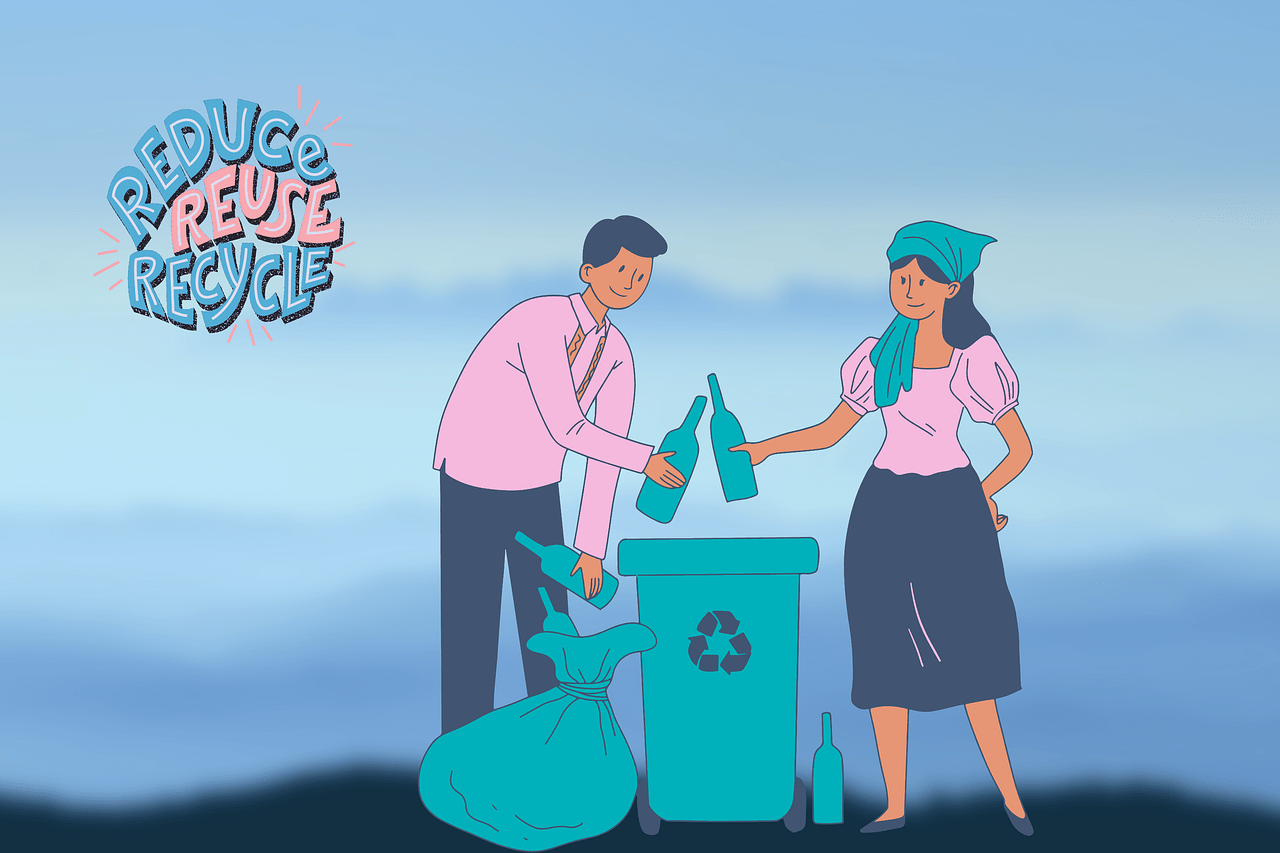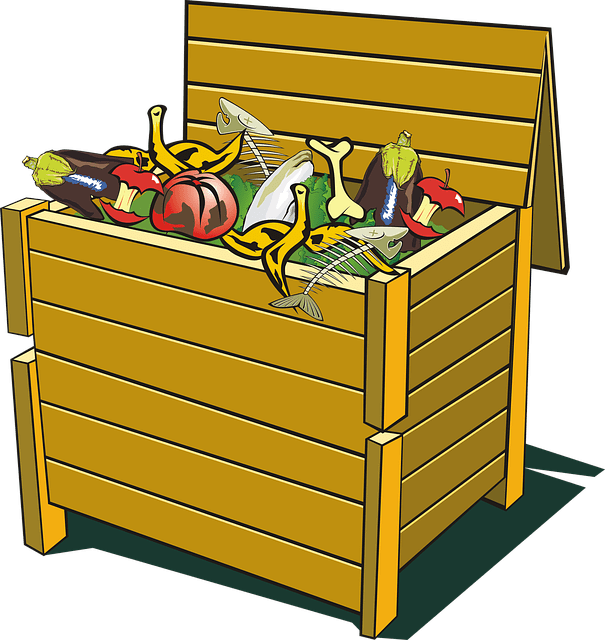People are more environmentally conscious today than at any point in history. However, most do not understand the entire process involved in creating the products they use each day.
According to the San Francisco Department of the Environment, manufacturers produce 71 pounds of waste for every one pound of consumer products they sell through retail chains. The waste begins accumulating when manufacturers mine for resources and transform raw materials into a usable form.
Waste accumulation continues throughout the manufacturing process and cumulates in transportation of the finished product to the consumer marketplace. Nonetheless, part of the waste management solution involves more eco-conscious consumers.
Evaluate Habits to Become Eco-Conscious Consumers.
People cannot or will not reduce their environmental waste until they undergo a radical change in thinking. For example, eco-conscious consumers consider whether they really need items and how much packaging will go directly to landfills.
Even things that people accept without paying for, such as junk mail, flyers, and informational brochures, require resources to recycle. Refusing to accept these items in the first place sends a strong message to companies creating the waste. As the San Francisco Department of the Environment points out, people face purchasing decisions every day. Those choices then ultimately impact waste output to landfills around the country.
How to Incorporate the Concept of Zero Waste into Daily Life
The primary goal of zero waste is to prevent trash from building up in the first place. Before purchasing something new, people who practice the zero-waste principle use items they already have until they wear out completely and require replacement.
They also focus their efforts on recycling and composting once they no longer need a certain item. A common example here is donating clothes that children have outgrown to a charitable organization rather than throwing them in the garbage.
Lifestyle Tips for Eco-Conscious Consumers
Here are several specific tips for people to become more eco-conscious consumers:
- Bring reusable bags to the grocery store rather than taking home new plastic bags each time. Plastic bags are not biodegradable, which means they break down into tiny toxic particles that end up in water and soil.
- Bring reusable containers to restaurants to take home any leftovers instead of requesting ones made from Styrofoam.
- Diners should carry a handkerchief in their purse or pocket to eliminate the need to use disposable napkins and tissues.
- Carry silverware from home when dining at a fast-food restaurant or work cafeteria to avoid the need to use plastic throw-away silverware.
- Avoid buying wrapping paper and use items such as newspaper and old magazines to wrap gifts instead.
- Buy local to reduce transportation costs associated with your product. Another benefit is that your purchase supports a small business in your own neighborhood.
- Consider buying services or activities as gifts instead of a tangible item that a company must manufacture.
- Buy items made with recycled materials.
- Invest in a reusable cup for coffee, water, and other beverages on the go.
Everyone has to start somewhere when it comes to being more environmentally responsible, and anyone can make a difference. Spreading the message of sustainability to family, friends, and neighbors is yet another thing the average American can do to help preserve the earth for future generations.
How to Start Composting
The publication Nature.org indicates that as much as one-quarter of the food scraps and yard waste people throw away is ideal for composting. Typical examples include:
- Coffee grounds
- Egg shells
- Fruit and vegetable scraps
- Grass clippings
- Leaves
People should avoid including certain items in their compost pile. These include bones, charcoal ash, dairy products, diseased plants, pet waste, and anything previously treated with pesticide.
Homeowners who want to compost can use a composting bin or simply start a pile in a shady area of their backyard. However, people need not own the property where they live to start making a difference with composting. They just need to buy a special indoor composting bin available at most home improvement stores.
When composting outdoors, it is important for food and yard waste to sit on bare dirt for several days to allow it to attract helpful bacteria and worms. Homeowners then need to use a rake or shovel to disrupt the dirt to ensure that the compost file receives the oxygen it needs. Those who pursue indoor composting can purchase the supplies they need from the same store where they bought the special container.
Compost material must typically sit for six to 12 months before people can use it in their gardens. Despite the long wait to see benefits, they can feel good about keeping their food and yard waste out of water, soil, and landfills.







Leave A Comment